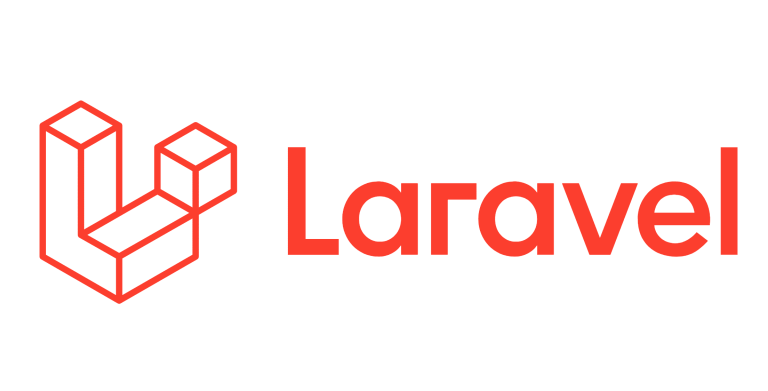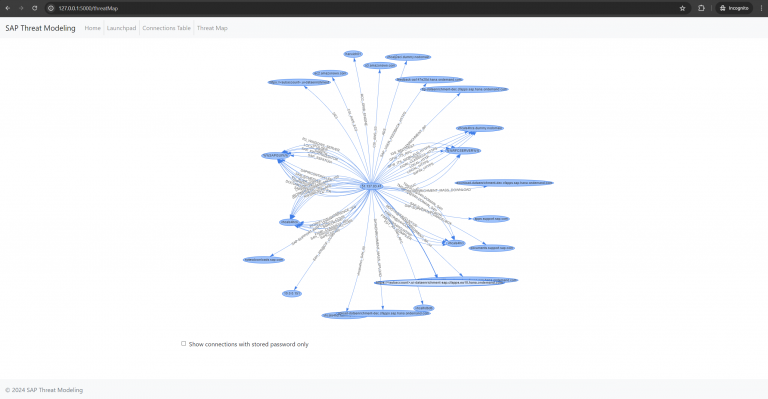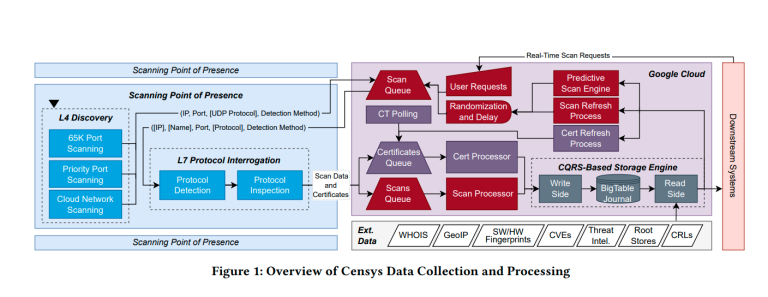
In the not-so-distant past, most HR functions were dealt with manually. Those systems worked but were labor-intensive and costly for companies. Today, automation speeds up functions, improves efficiency levels, and frees up employees to deal with pressing issues. Organizations exploring options for enhancing human capital functions are now encouraged to consider systems to move their HR departments into the 21st century.
What is an HCM System?
Human capital management (HCM) systems manage all normal HR functions, improving overall efficiency levels and reducing organization expenses. The systems make managing all stages of employee relations simpler and more productive for the company. If you’re considering implementing an HCM system, there are several factors to consider.
Aren’t the Systems for Larger Companies?
While larger organizations certainly benefit from implementing HCM systems, even smaller companies reap rewards when choosing automation over manual processes. Compliance issues create significant headaches for companies of all sizes, but HCM systems are designed to make complying with regulations faster and easier. However, that’s only one factor to consider when exploring software solutions for your company.
Pros and Cons of HCM Systems
No system is perfect, so analyzing a specific company’s needs is strongly recommended before selecting an HCM solution. Here are a few elements to review when shopping for an HR software solution.
- HR Documents are Secure and Accessible. Paper files are no longer adequate for most companies. Instead, companies rely on HCM software to store and access company records. Files are secure, assuming companies follow typical protocols, and information is accessible immediately from anywhere by authorized individuals. That makes handling management issues simpler and saves everyone time.
- Employee Files are Complete and Safe. From onboarding until an employee leaves the firm, all documents are kept in one location. Reviewing an employee’s status, training record, and all other relevant information is easy when all data is in one place. When changes are needed or reviews are necessary, authorized personnel can obtain the required records without any problems.
- Payroll Processing is Simplified. While standalone accounting software is adequate for handling payroll chores, having a unified system is more convenient. Efficiency experts generally encourage companies to utilize software that keeps essential data in a centralized location, and HCM software makes that possible.
Of course, no system is perfect, so there are a couple of downsides to consider when adopting an HCM system. First, the initial costs can be prohibitive for some organizations. However, employers are encouraged to take a long-range look at the investment, as HCM systems will save money over the long term.
Security issues are also a concern, but companies can mitigate concerns by taking appropriate precautions. When the status of a company’s security protocols isn’t clear, take the time to review current procedures and put all appropriate protections in place before moving forward with new software.
Start By Evaluating the Company’s Needs
Since there are numerous HCM options available, deciding on the best one requires a little research. Explore the functions and features of different solutions and match them with your organization’s requirements. Company needs will vary, so obtaining professional advice when evaluating systems is generally recommended. Software providers work with companies to determine their needs and recommend potential solutions.
Remember that top software solutions are customizable, so ask suppliers to provide an overview of their software’s functions and scalability. Most providers are more than glad to provide any information clients need. For more help, contact a supplier now.






